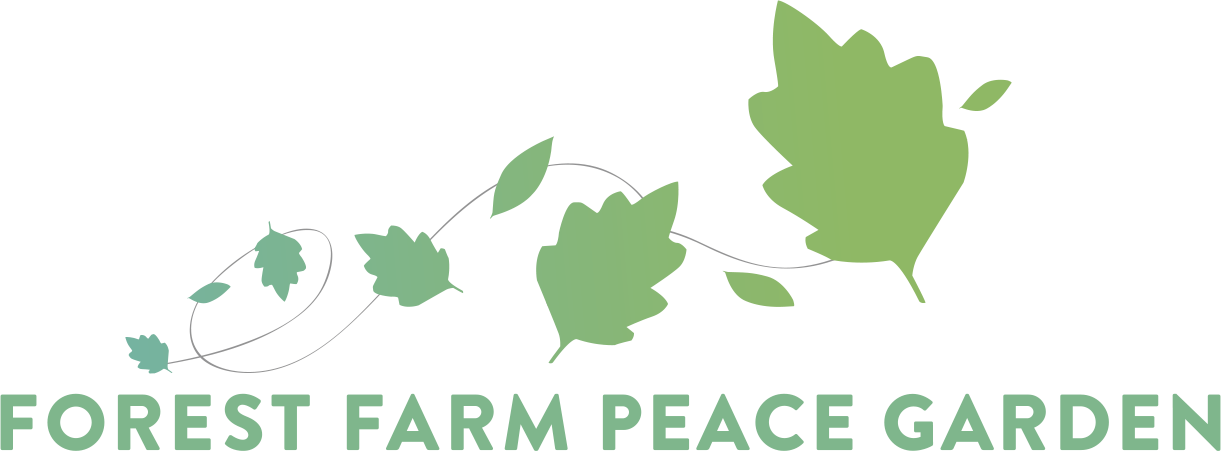Nasturtium flower
Common Name: Garden Nasturtium
Genus & Species: Tropaeolum majus (L.)
Family: Tropaeolaceae
Other Species: The other main useful species in cultivation is the Mashua (Tropaeolum tuberosum) although in their native south America there are numerous other species.
Range and Habitat: Nasturtiums are found as cultivated plants across the UK, and are scrambling plants favouring sunny spots.
General ID: Garden nasturtiums are fast-growing plants, with trailing stems growing to 0.9–1.8m. The leaves are large, nearly circular, 3 - 15cm in diameter, green to glaucous green above, paler below; they are peltate, with the 5–30cm long petiole near the middle of the leaf, with several veins radiating to the smoothly rounded or slightly lobed margin. Cultivated varieties are available with mottled or striped leaves, normally in yellow or cream. The flowers are 2.5–6cm diameter, with five petals, eight stamens, and a 2.5–3cm long nectar spur at the rear; they vary from yellow to orange to red, frilled and often darker at the base of the petals. The fruit is 2cm broad, three-segmented, each segment with a single large seed 1–1.5cm long. They are perennial plants, but more usually grown as annuals in the UK.
Mashua (Tropaeolum tuberosum) is very similar in most respects, although the leaves are more distinctly lobed and the flowers are smaller and more delicate looking. They are also bicoloured – with a yellow mouth and red-orange nectar spur. They also form knobbly tubers cream-yellow or white-pink in colour.
For food… All of the aerial parts of the garden nasturtium are edible. The flower has most often been consumed, making for an especially ornamental salad ingredient; it has a slightly peppery taste reminiscent of watercress, and is also used in stir fry. It is also delicious stuffed or made into peppery fritters. The flowers contain about 130 mg vitamin C per 100 grams (3.5 oz), about the same amount as is contained in parsley. Moreover, they contain up to 45 mg of lutein per 100 grams, which is the highest amount found in any edible plant. The leaves and stems can also be used in a similar fashion, with the leaves having a mustardy kick to them and the stems having a succulent crunch to them.The unripe seed pods can be harvested and dropped into spiced vinegar to produce a condiment and garnish, sometimes used in place of capers.
Mashua is valued for its edible tubers. These are initially quite bitter, but the flavour is improved by freezing or cooking. They have a peppery taste and were traditionally roasted in earthen ovens in the Andes. They can also be used raw, shredded thinly and added to salads, to confer a spicy flavour and crunchy texture.
For healing… Garden nasturtium has long been used in Andean herbal medicine as a disinfectant and wound-healing herb, and as an expectorant to relieve chest conditions. All parts of the plant appear to be antibiotic and an infusion of the leaves can be used to increase resistance to bacterial infections and to clear nasal and bronchial catarrh, reduce catarrh formation and stimulate the clearing and coughing up of phlegm. The leaves are antibacterial, antifungal, antiseptic, aperient, depurative, diuretic, emmenagogue, expectorant, laxative and stimulant. A glycoside found in the plant reacts with water to produce an antibiotic. The plant has antibiotic properties towards aerobic spore forming bacteria. Extracts from the plant have anticancer activity. The plant is taken internally in the treatment of genito-urinary diseases, respiratory infections, scurvy and poor skin and hair conditions. Externally it makes an effective antiseptic wash and is used in the treatment of baldness, minor injuries and skin eruptions. Any part of the plant can be used, it is harvested during the growing season and used fresh. The German Commission E Monographs, a therapeutic guide to herbal medicine, approve it for urinary tract infections, cough, bronchitis.
Mashua has been reported as possessing anaphrodisiac effects. It has been recorded by the Spanish chronicler Cobo that mashua was fed to their armies by the Inca Emperors, "that they should forget their wives". Indeed, many men in the regions where it is grown refuse to eat it on those grounds, instead encouraging consumption by their wives. Studies of male rats fed on mashua tubers have shown a 45% drop in testosterone levels due to the presence of isothiocyanates.
In culture… The seeds yield a high percentage of a drying oil that can be used in making paints, varnish etc. The growing plant attracts aphids away from other plants. Research indicates that aphids flying over plants with orange or yellow flowers do not stop, nor do they prey on plants growing next to or above the flowers. An insecticide can be made from an infusion of leaves and soap flakes. They are a good companion plant for beans and brassicas.
For wildlife… The garden nasturtium is used as a food plant by the larvae of some Lepidoptera species including the dot moth (Melanchra persicariae) and the garden carpet moth (Xanthorhoe fluctuata). A common pest found on nasturtiums is the caterpillar of the large white or cabbage white butterfly (Pieris brassicae). The flowers are also popular with many species of bumblebees.
At FFPG… It can be found in many areas of FFPG, including by the forest garden and in the polytunnel.
Disclaimer:
This is intended for information only. FFPG, its staff, trustees and volunteers do not make any claim as to the safety or efficacy of plants listed for medicinal purposes and do not encourage the consumption or use of any of the plants listed herein. Anybody wishing to use plants for medicinal effect is advised to consult their medical professional.
Mashua roots



